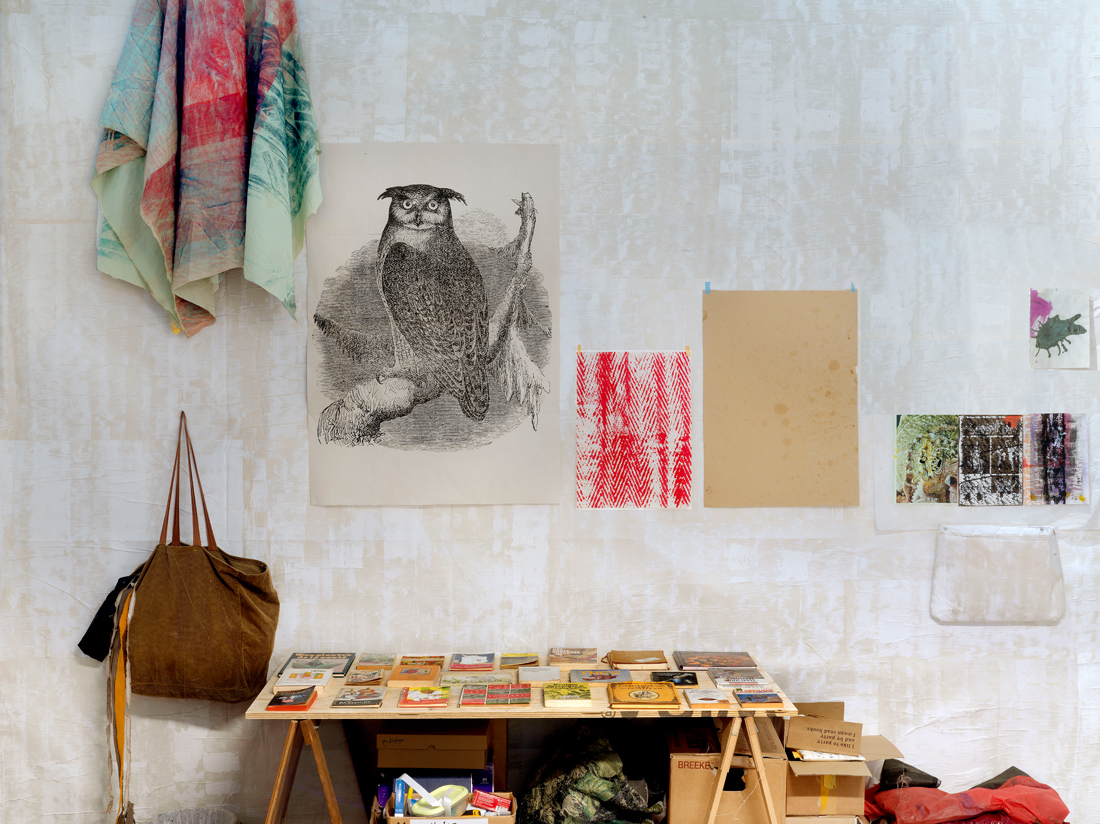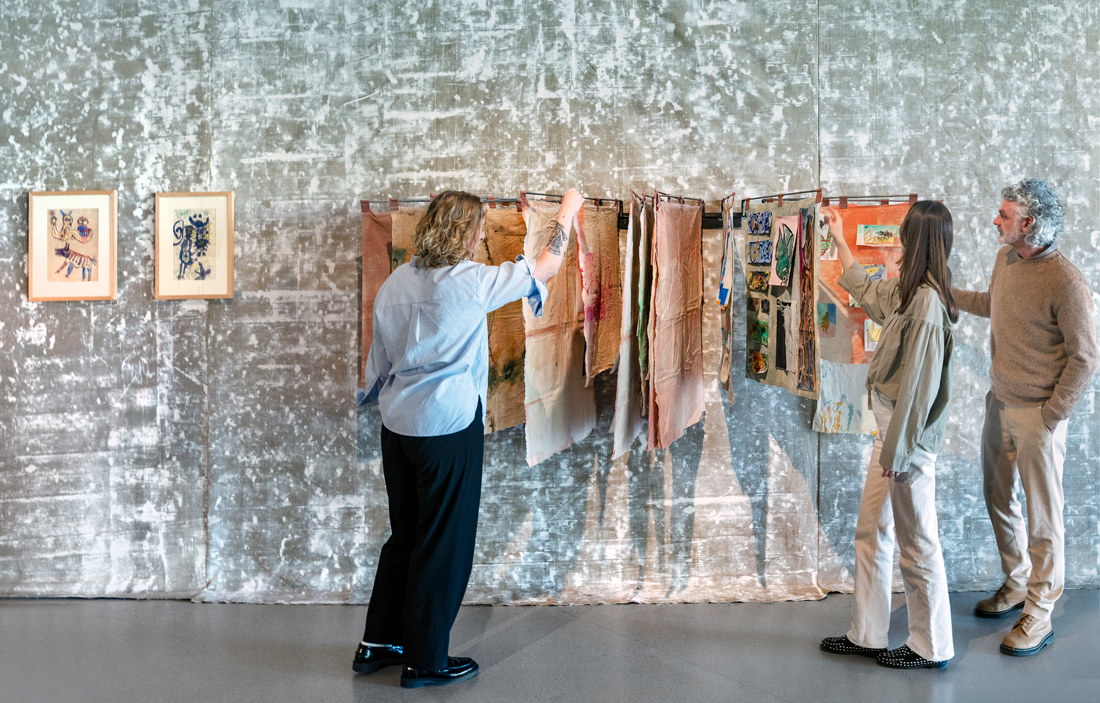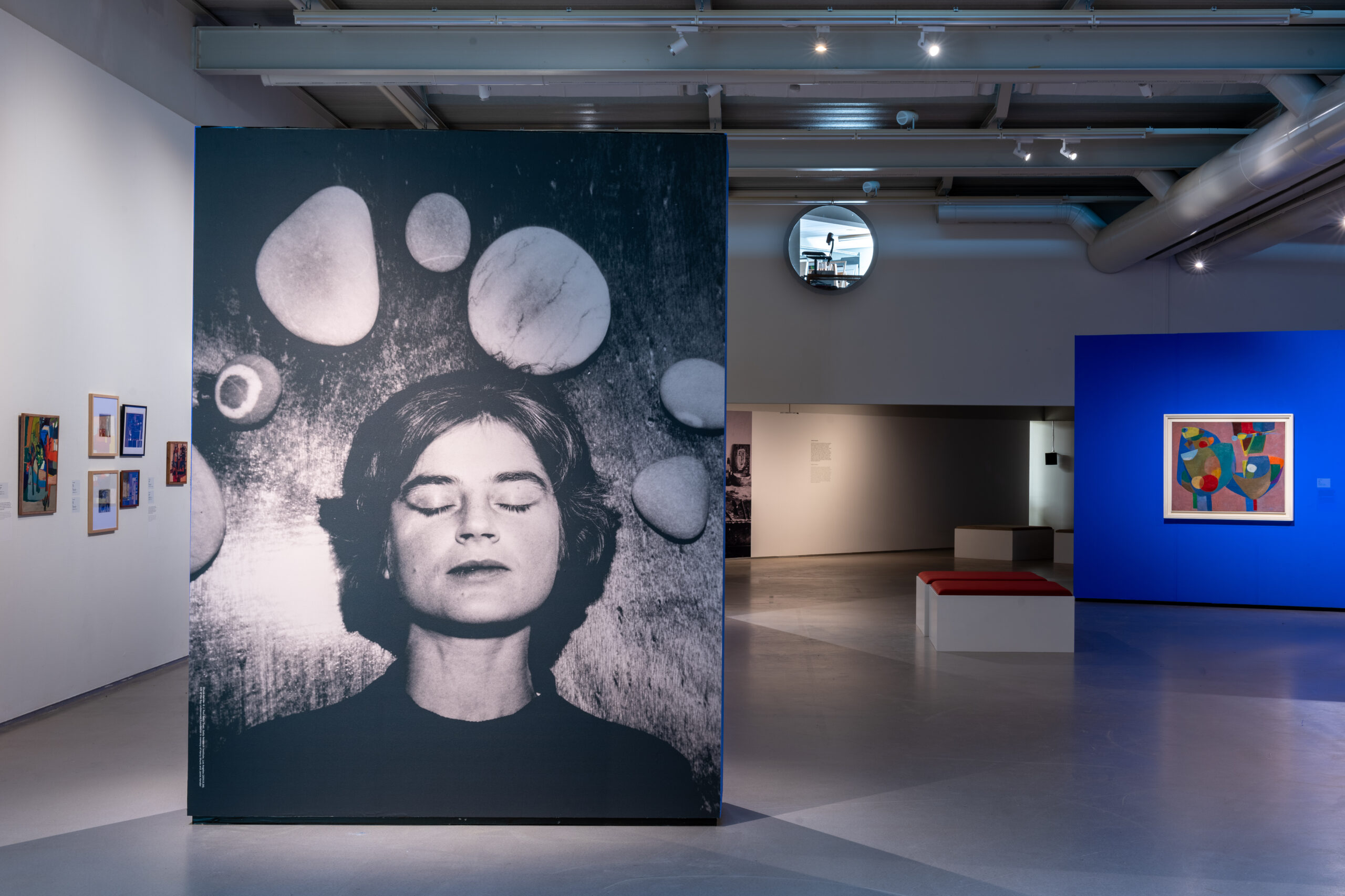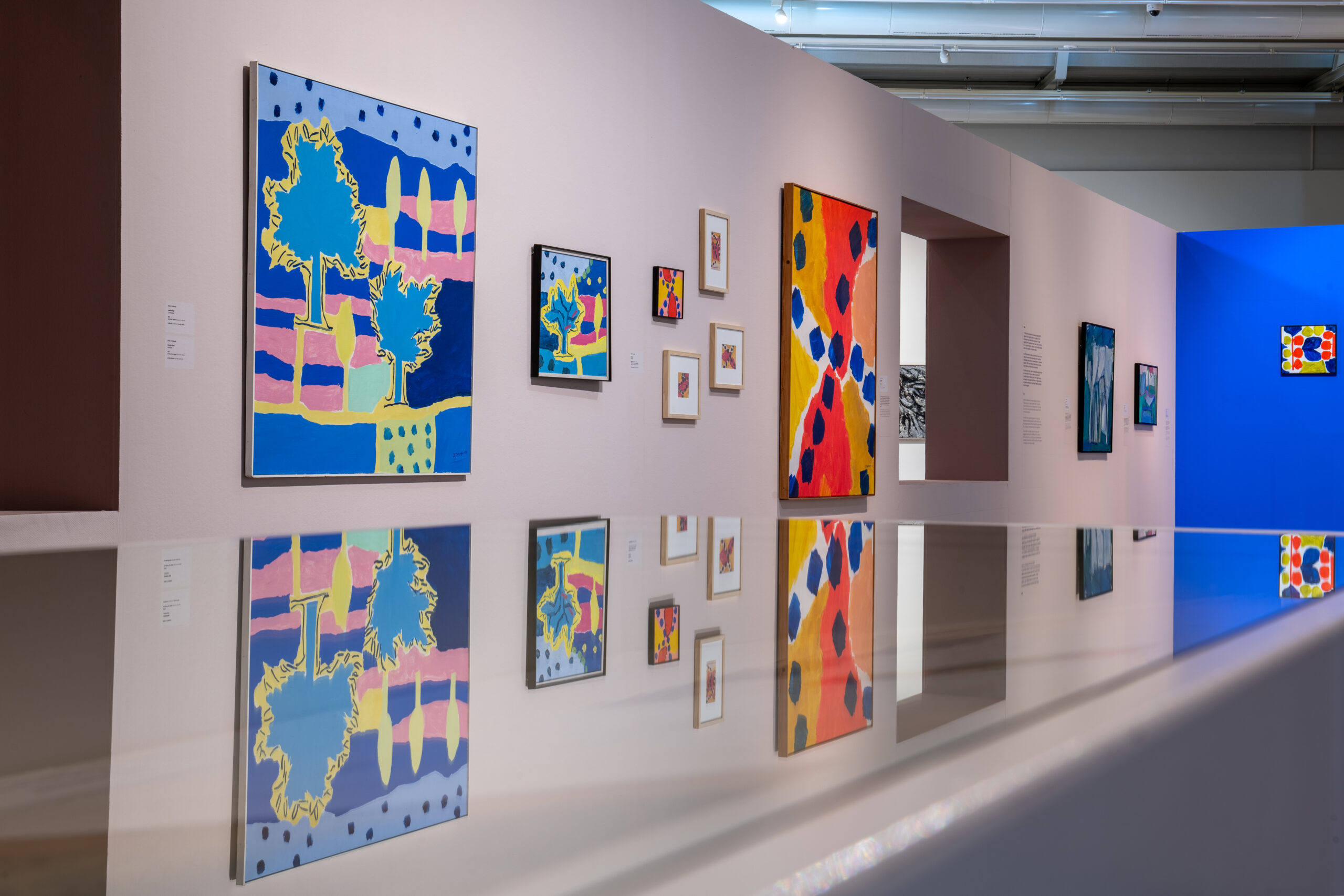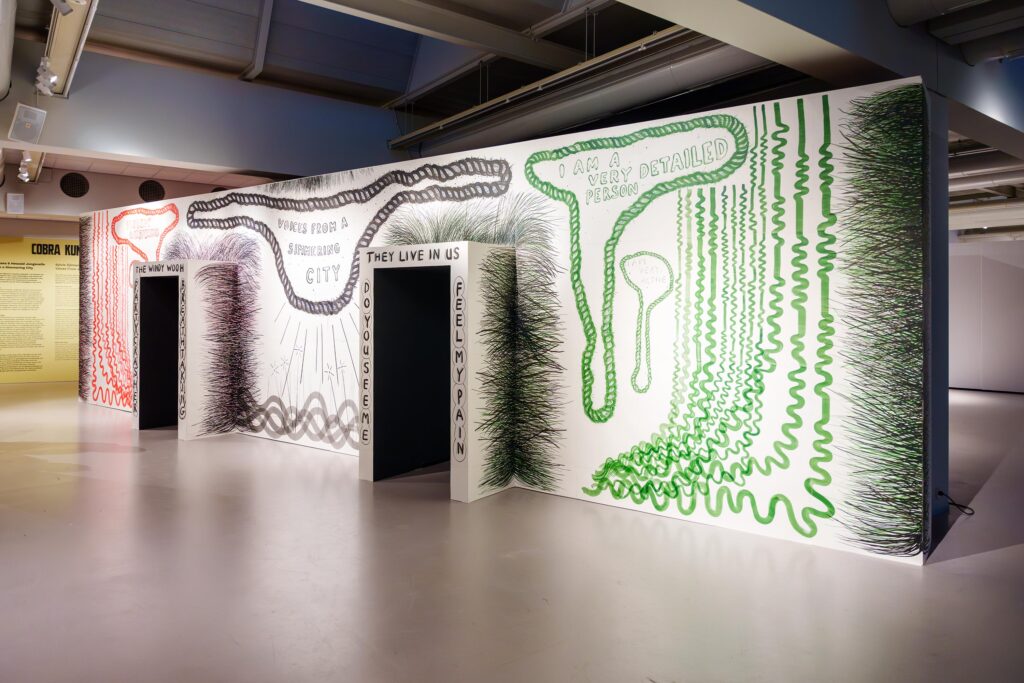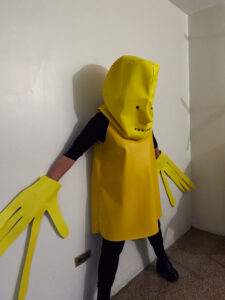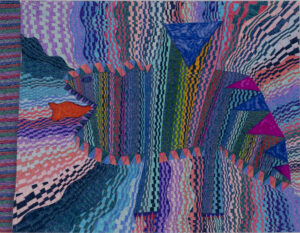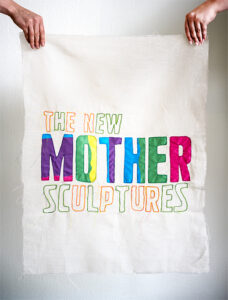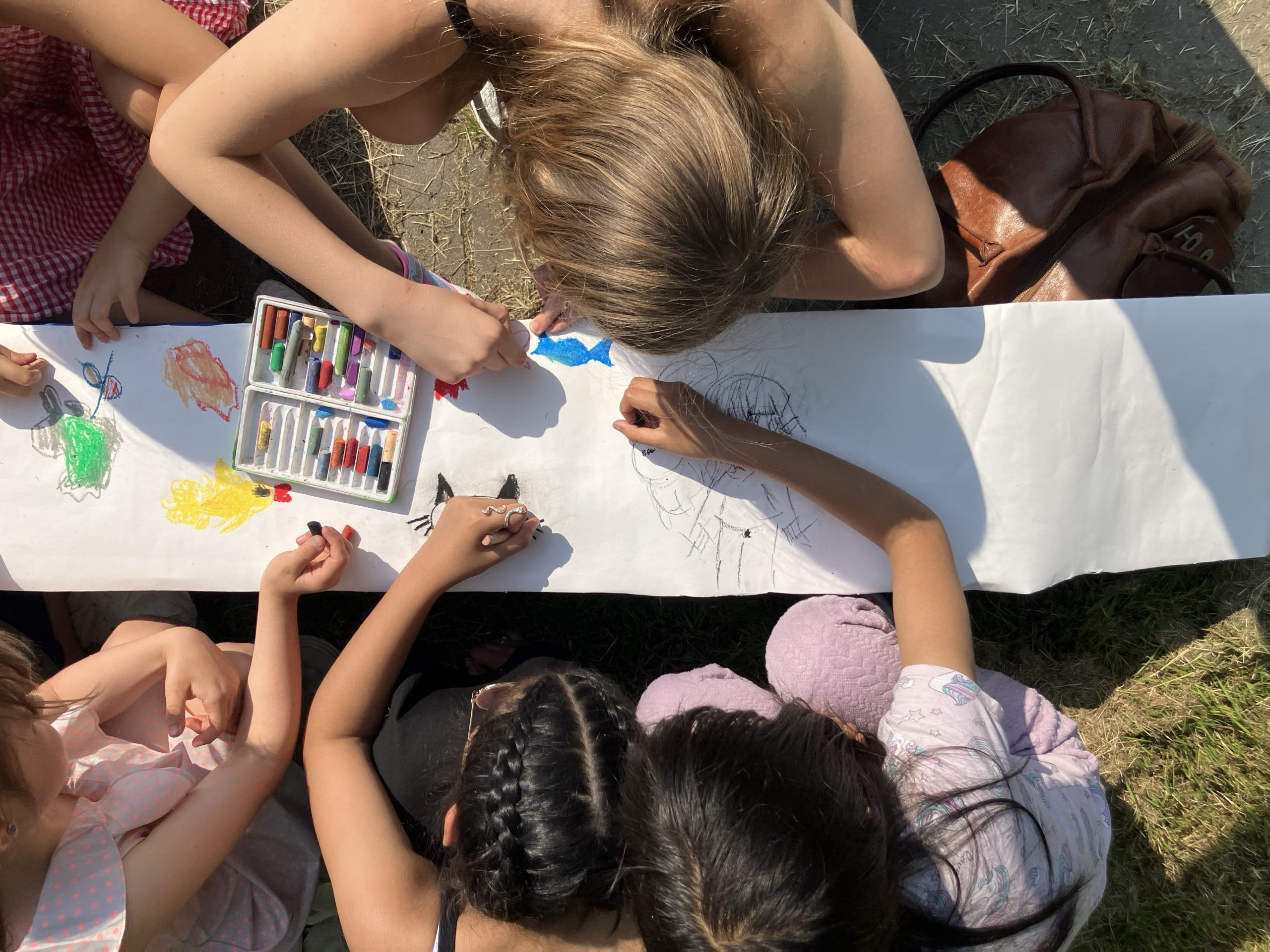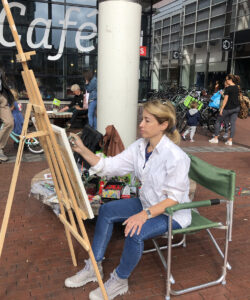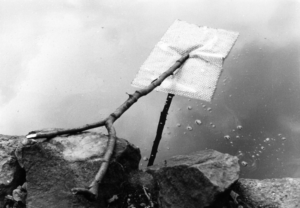
Kishio Suga, In the State of Equal Dimension, 1973, C-print. © Courtesy of the artist and BLUM Los Angeles, Tokyo, New York.
Museum Cobra proudly presents the first solo exhibition in the Netherlands of influential Japanese artist Kishio Suga (b. 1944). As a key figure in the minimalist Mono-ha movement, Suga’s groundbreaking work explores the dynamic relationships between material, space, and environment. His installations—often created in direct response to the site—challenge conventional boundaries and invite new ways of seeing.
From 28 June to 26 October 2025, Suga’s radical and poetic installations will take over the entire top floor of Museum Cobra. The exhibition offers a rare opportunity to experience his unique approach to art-making and to engage with one of the most important voices in post-war Japanese art.
Alongside his iconic large-scale works, the exhibition includes wall-based assemblages, photographs, notebooks, and video documentation of Suga’s performative ‘activations’. Together, these elements create an immersive and contemplative experience, encouraging visitors to reflect on the interconnectedness of all things—and to reconsider their own relationship with the material world.
More information will follow soon.
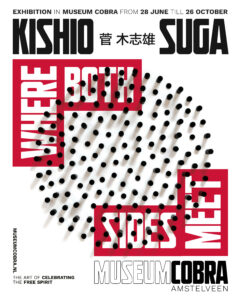
Poster image: Kishio Suga, Latent Accumulation, 2011, private collection. © Courtesy of the artist and BLUM Los Angeles, Tokyo, New York.








